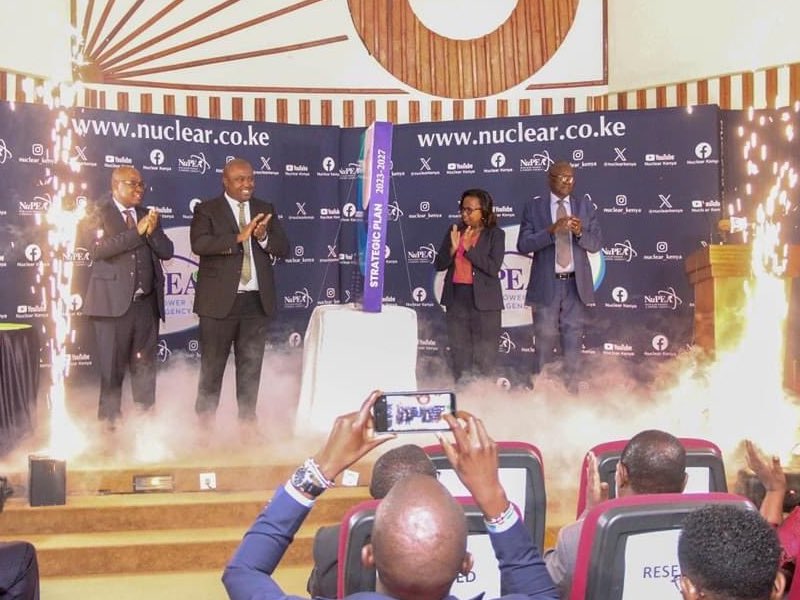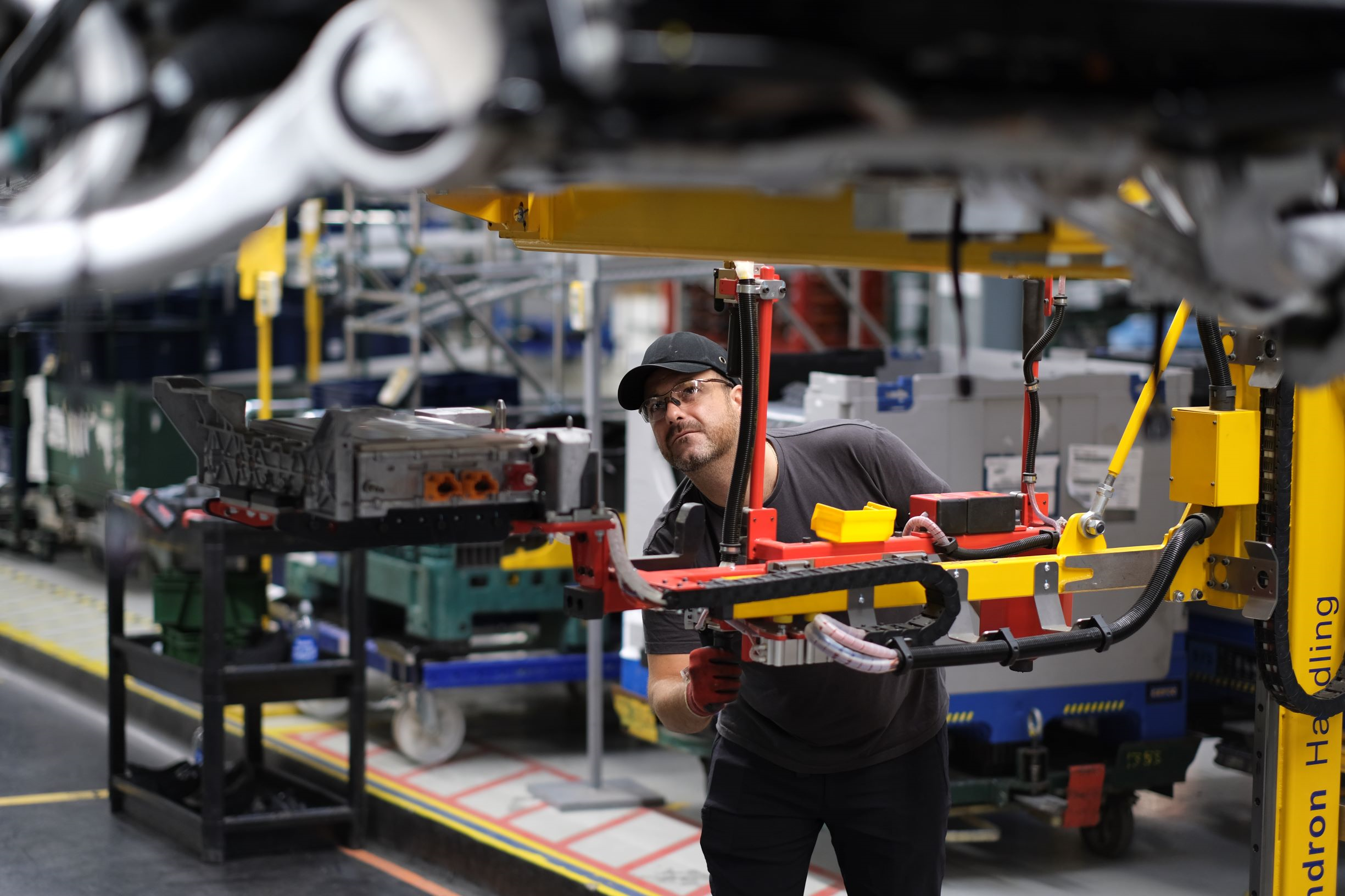
Future Technologies provides private 5G, fixed broadband and mobile WAN solutions for chemical, oil & gas and renewables customers
SUWANEE, Ga., March 20, 2024–(BUSINESS WIRE)–Future Technologies Venture, LLC (“Future Technologies”), a leading systems integrator in North America, today announced that it has been awarded more than $14 million in projects in the energy market in 2023. Upstream and midstream energy operators face inherent challenges when it comes to operating in harsh, remote geographic environments. These environments often present challenges including limited connectivity, extreme weather conditions, and vast distances. Private cellular networks (private 4G, private 5G), fixed broadband (microwave, point-to-multipoint), and public/private cellular WAN solutions can address these issues, providing a reliable and secure communications infrastructure tailored to the specific needs of oil and gas. Industry:
“Future Technologies has developed scalable digital design solutions for the energy sector with our ecosystem partners Intel, Nokia, Cambium Networks, Semtech and Microsoft,” said Future Technologies CEO. director Peter Cappiello. “Our talented team of domain experts, combined with proven methodologies, are able to address current use case solutions such as Connected Worker, Industrial Automation and future use cases such as Digital Twin,” said Mr. Cappiello.
In the energy sector, private networks have provided significant benefits, especially the convergence of IT (Information Technology) and OT (Operational Technology). This union has simplified operations, improved efficiency, enhanced safety and facilitated the integration of advanced technologies such as IOT (Internet of Things) and AI (Artificial Intelligence) analysis in energy infrastructure management. Private cellular networks offer a robust and flexible solution, enabling operators to maintain connectivity and control even in the most challenging environments, ultimately contributing to the flexibility and overall success of their operations.
-
Digital oil field – Future Technologies deploys Nokia Private 4G/Private 5G to provide coverage networks that enable mobile and fixed data connections to augment the public 4G/5G network and Wi-Fi. To enable these coverage networks, Future Technologies uses Cambium Networks Fixed Broadband (3 to 60 GHz) to extend their customer's transport network (Fiber) to vertical assets (tower, building). Future Technologies complements these private network solutions with Semtech (Sierra Wireless) mobile WAN solutions to connect to both public and private networks, providing protected data network connections to these critical assets.
-
Petrochemical plants – Future Technologies uses Nokia's Private 4G/Private 5G solutions for these mission-critical coverage networks to complement the use of existing Wi-Fi and public cellular networks when available. Using private cellular networks, Future Technologies can typically cover 100% of the product's external environment, enabling the Connected Worker to increase security and operational efficiency. This puts the customer in control of their network solution with the necessary coverage and operational control to deliver these critical services to their business.
-
Renewable energy – Future Technologies solutions for the growing renewable energy market, including Carbon Capture initiatives, private 4G/Private 5G coverage networks and fixed broadband solutions for transport and fixed wireless use cases such as Computer Vision. Future Technologies believes that these hybrid networking solutions provide the best comprehensive solution for our customers. By implementing a hybrid network, customers are assured of having the appropriate network layer for each use case and, in some cases, the network flexibility of having both a primary and a backup network approach for each use case. This approach allows each problem to be solved with the right technology versus a single technology approach that forces the result.
“We saw a lot of commonalities in the problems that need to be solved in different areas of the energy market,” said David Ramor, Future Technologies CRO. “Digital oilfields, petrochemical plants and renewables, including carbon capture facilities, have benefited from private grid solutions, optimizing operations through automation, data-driven insights and predictive maintenance,” said Mr Rumor.
With more than 14 years of experience in the design, delivery and support of large-scale US defense solutions covering a total of 2,500 square miles (69,000,000,000 square feet), Future Technologies is uniquely positioned to implement these large coverage networks. Spectrum management is also a critical component in addressing these large-scale deployments, for which Future Technologies has multiple options, unlicensed and licensed.
Operating as a privately held company for the past 25 years, Future Technologies is uniquely positioned to prioritize customer success by collaborating through a unique customer-centric engagement model to identify and deliver the most appropriate solution. Complementing the company's 14+ years of experience in Private Cellular across a range of industries is its hand-picked team of professionals who maintain the technical knowledge required to determine the right solutions for clients' business needs.
In April, you participated in ENTELEC Conference & Expo. Stop by booth #301 where the Future Technologies team will be demonstrating live use cases including Connected Worker, Remote Worker, Computer Vision and more.
Future Technologies also offers additional consulting through our pre-private 5G view, including a virtual tour of the company's private 5G Living Lab. Request a tour today!
About future technologies
Future Technologies Venture, LLC is celebrating its 25th anniversaryth in the industry, starting as a satellite integrator in 1999 and growing to its current position as a leading system integrator (LSI) supporting Fortune 5000 and Federal Government customers. Future Technologies specializes in the evaluation, planning, design, implementation and support of innovative communications solutions for vertical markets: Manufacturing, DoD, Utilities, Oil & Gas and Transportation. Future Technologies maintains a strong focus on emerging standards such as 5G, 4G, Private LTE, WIFI, SCADA and Automation technologies. Future Technologies has also invested in the Living Lab at its headquarters in Atlanta to provide demonstration of proprietary 5G solutions, Edge Computing/MEC and most importantly industry specific use cases such as Connected Worker, Instrumentation Connectivity, Remote Worker, Augmented. Reality/Virtual Reality/Mixed Reality, Asset Health, Inventory Management, Computer Vision, IoT Sensors, Robotics and other solutions. To request a virtual or in-person tour of the Living Laboratory, please contact: Request a tour or visit futuretechllc.com
View the source version at businesswire.com. https://www.businesswire.com/news/home/20240320724773/hy/
Contacts:
Media:
Taylor Juska
Head of Marketing – Future Technologies Venture, LLC
tjuska@futuretechllc.com







